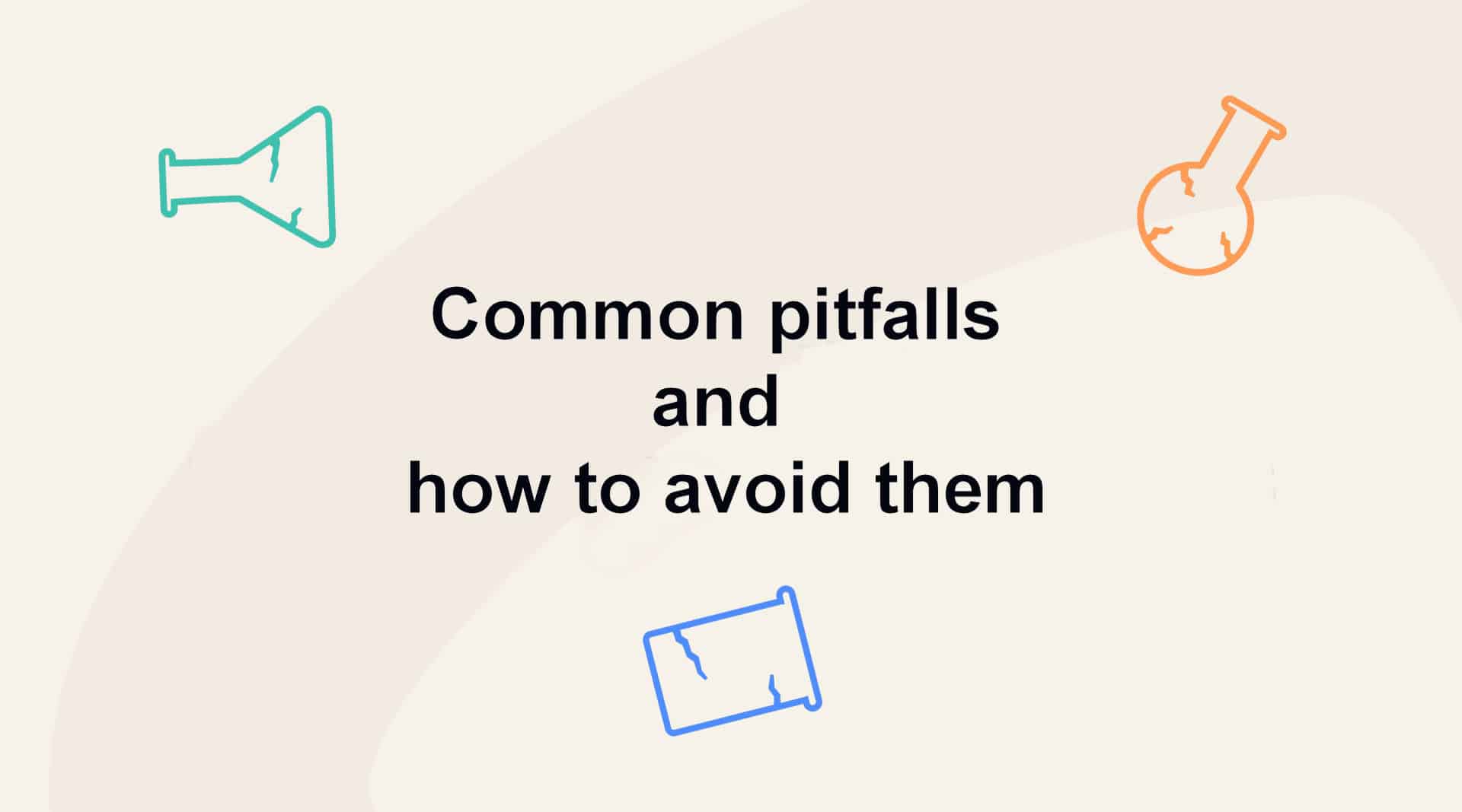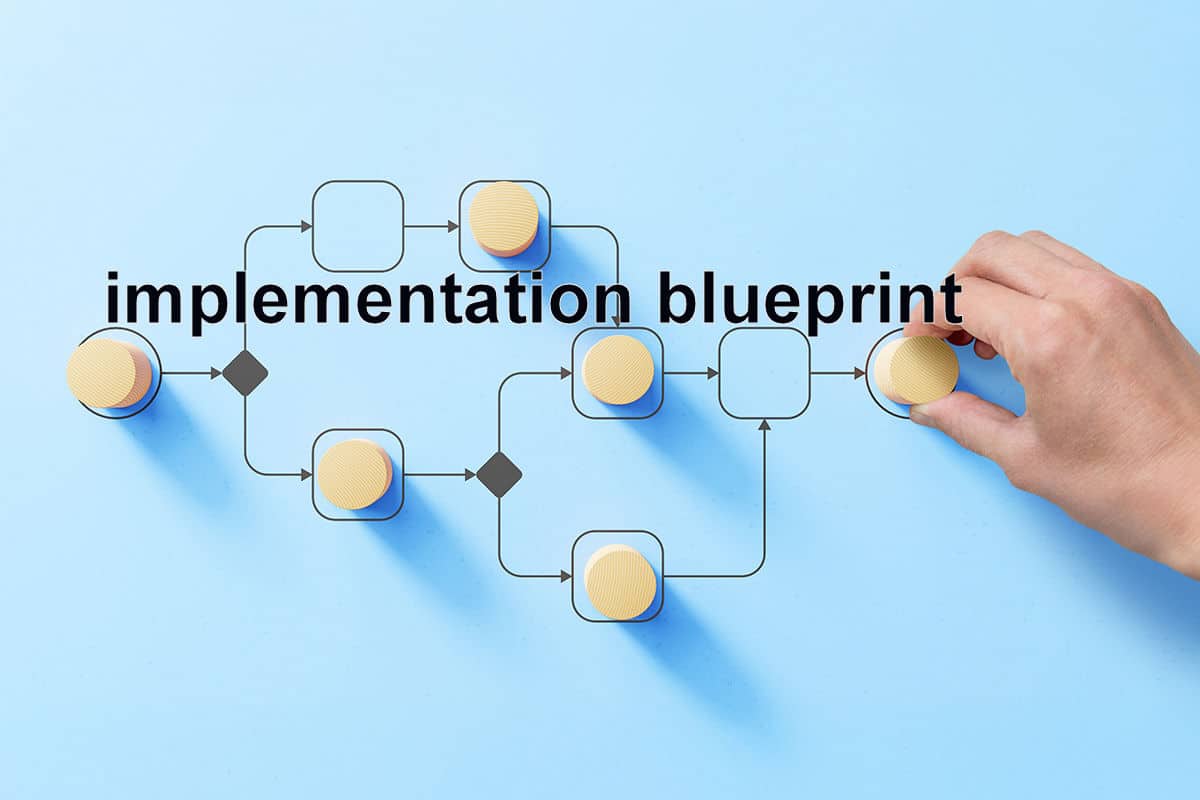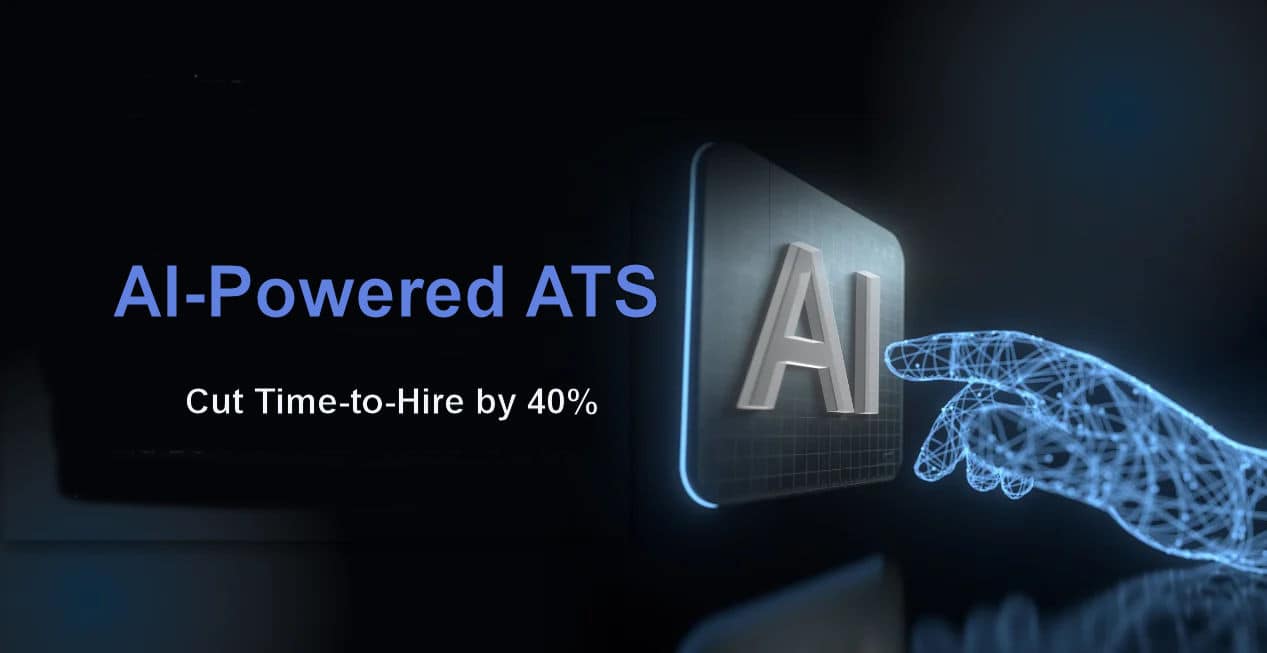The speed at which companies hire new employees determines their ability to attract top candidates in today’s fast-paced job market.
The practical implementation of AI-powered ATS systems enables organizations to accelerate their hiring processes while maintaining both quality and fairness in their candidate selection.
The following article demonstrates how AI-based ATS shortens hiring duration by 40% while explaining its operational mechanisms and offering implementation guidelines and warning about potential challenges.
Why time-to-hire matters
The speed at which companies hire new employees determines their ability to attract top candidates because these candidates receive multiple job offers. The organization achieves better cost efficiency through reduced recruiter hours and advert spending and administrative expenses.
The hiring process from oferta de trabajo to offer acceptance defines the duration of tiempo para contratar. The screening process functions as a major hiring bottleneck because recruiters need to review numerous applications to identify suitable candidates before starting interview procedures.
AI-powered ATS screening technology performs automated tasks and speeds up decision-making while creating standardized candidate evaluation procedures.
How AI-powered ATS screening reduces time-to-hire

- The system uses artificial intelligence to analyze large numbers of resumes through keyword detection and automated data extraction.
The system uses artificial intelligence to extract essential information from resumes through its parsing technology which handles different terminology variations.
The system enables recruiters to find suitable candidates through automated search functions which analyze job requirements and candidate qualifications.
- The system performs screening tasks with deliberate methods that minimize discrimination during the process.
The system uses AI models to concentrate on essential job requirements which helps prevent unnecessary evaluation criteria and inconsistent assessment methods.
The system enables standardized candidate evaluation through well-trained models which leads to faster decision-making and fairer results.
The system produces consistent shortlists through its evaluation process which reduces the need for recruiters to spend time on borderline candidates.
- The system uses AI chatbots to perform automated screening tests and assessments.
The system uses AI chatbots to conduct initial candidate evaluations through standardized questions which verify availability and assess cultural compatibility.
The system uses early-stage skills assessments and coding tests and situational judgment tasks to eliminate unqualified candidates from the applicant pool.
The system uses its automated screening process to identify qualified candidates who can proceed to human interview stages.
- The system uses artificial intelligence to manage candidate pipelines by directing candidates to suitable interview tracks and recruiter assignments.
The system uses automated scheduling and reminder systems and status update functions to minimize administrative work and reduce communication delays.
The system enables recruiters to dedicate their time to interacting with qualified candidates instead of handling administrative tasks.
- The system improves candidate matching through its ability to learn from ongoing hiring data.
The system uses feedback from hiring results to enhance its ranking system which results in better candidate matches and shorter screening times.
The system generates better candidate shortlists through time because it learns from previous hiring results.
- The system provides stakeholders with real-time screening funnel data through its centralized dashboard.
The system enables stakeholders to detect candidate flow analysis through submission statistics and pass/fail metrics and system performance indicators.
The system helps stakeholders identify candidate bottlenecks so they can take prompt actions to resolve these issues.
The system tracks performance metrics which include screening duration and interview duration and candidate selection success rates and hiring outcomes and candidate satisfaction levels.
Metrics that matter

The screening process requires two essential metrics to measure its performance.
The system evaluates candidate screening accuracy through precision and recall measurements of qualified candidate identification.
The number of candidates who leave the application process represents the candidate drop-off rate.
The post-application feedback system generates a candidate experience score.
The implementation of automated screening and scheduling systems leads to a 40% reduction in hiring duration which produces the most significant effects during the time-to-screen and time-to-interview phases.
Common pitfalls and how to avoid them

The system depends too heavily on automated processes because AI systems lack the ability to understand complete situations. The screening process for critical positions requires human evaluation following AI-based candidate assessment.
The system requires ongoing bias assessment to prevent discrimination. The system performs regular tests to detect any discriminatory effects which affect different population groups.
The system protects candidate information through strict security measures while keeping data storage minimal and maintaining complete transparency about information processing. The system needs to achieve a balance between automated processes and human interaction to prevent candidate abandonment.
The system requires human interaction to create a positive candidate experience because robotic chat systems lead candidates to leave the process. The system needs to achieve a balance between automated processes and human interaction to create a positive candidate experience.
A concrete implementation blueprint

- Assess your current screening bottlenecks
The system requires baseline measurements of time-to-screen and time-to-interview and conversion rates.
- Choose an AI-enabled ATS solution
The system requires ETA solution capabilities that include resume parsing and semantic search and prescreening chats and assessment integrations and scheduling automation and reporting functions.
- Align with stakeholders
All stakeholders including HR and recruiting and compliance and hiring managers need to agree on screening criteria and review procedures.
- Pilot with a focused role family
The system begins its testing phase with software engineers at a specific seniority level.
- Establish governance and ethics
The organization needs to develop policies which define data usage rules and bias assessment schedules and escalation procedures.
- Monitor, evaluate, and iterate
The system tracks how new hiring methods affect both hiring speed and candidate quality performance. The system collects feedback from candidates to enhance their screening experience.
- Scale thoughtfully
The system should expand its role coverage through staged implementation while optimizing its prompts and features and threshold values during each expansion phase.
Real-world examples and impact
A mid-market tech company deployed AI screening technology which reduced screening duration from five days to 1.8 days while preserving both interview-to-offer conversion rates and candidate quality standards.
The manufacturing company deployed AI-based prescreening chats and automated scheduling which eliminated early funnel bottlenecks to achieve a 38% decrease in total hiring duration during their three-month testing period.
The SaaS startup implemented semantic matching technology to discover candidates who lacked traditional qualifications which resulted in faster search times and shorter interview periods.
The success rate of AI-powered ATS screening depends on multiple factors which include role type and market conditions and data quality and system integration effectiveness.
Closing thoughts
AI-powered ATS screening functions as an effective tool for reducing time-to-hire by 40% or more when organizations implement it correctly without compromising candidate quality or experience.
The implementation of AI-driven screening requires you to establish specific goals and conduct controlled testing and performance assessments for both operational speed and candidate assessment quality.
The correct implementation method enables organizations to enhance their hiring process speed while improving recruiter work efficiency and securing top candidates for their teams.


